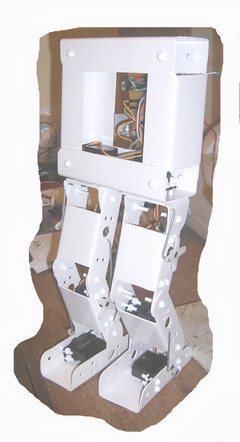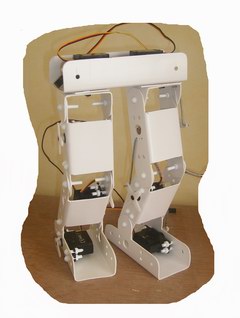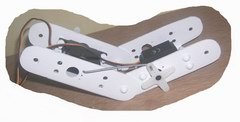Early on, it became apparent that it would be limiting and require a lot of unnecessary work to devise a system which would only allow specific commands to be sent to specific parts od a specific PIC project. The decision was made to devise a protocol which would allow any RAM address in the PIC to be modified via its USART port. IMP (Inspection and Modification Protocol) was born. As a side effect, it can also be used to inspect and modify the SFRs and plans are afoot to investigate mechanisms to directly address any EEPROM which maybe available.
To start a "conversation", the control computer might send any (or all) of the following commands to the PIC:
- set bank
- set address
- set bit index
- set value (low byte)
- set value (high byte)
It then follows with one of:
- modify bit
- inspect bit
- modify byte
- inspect byte
- modify word
- inspect word
Of course, the textual names of the commands given are not actually sent on the serial port: each of the above has a corresponding byte, so each command is actually only one byte in size. NB each item in the first list above also requires a data byte to be sent.
By way of verification, each command byte sent to the PIC is echoed after it has been executed. this means the PIC does not require a software receive buffer, but that the host is responsible for ensuring that no data byte is sent until the echo from the previous has been received.





No comments:
Post a Comment